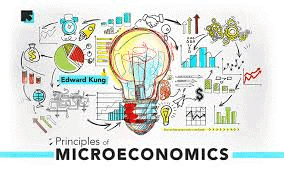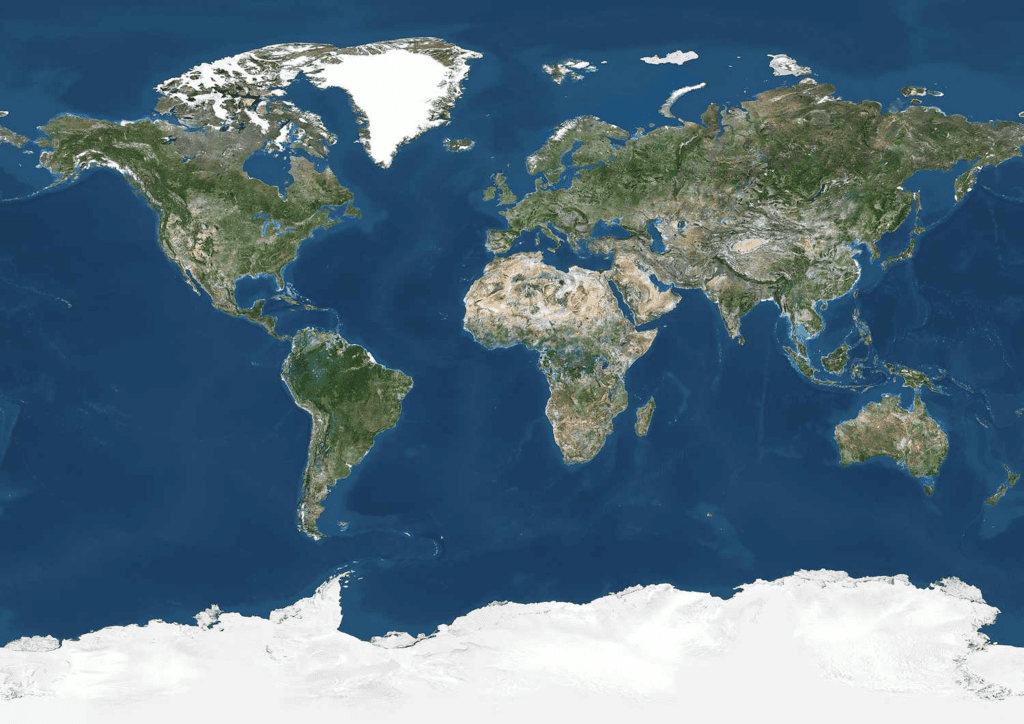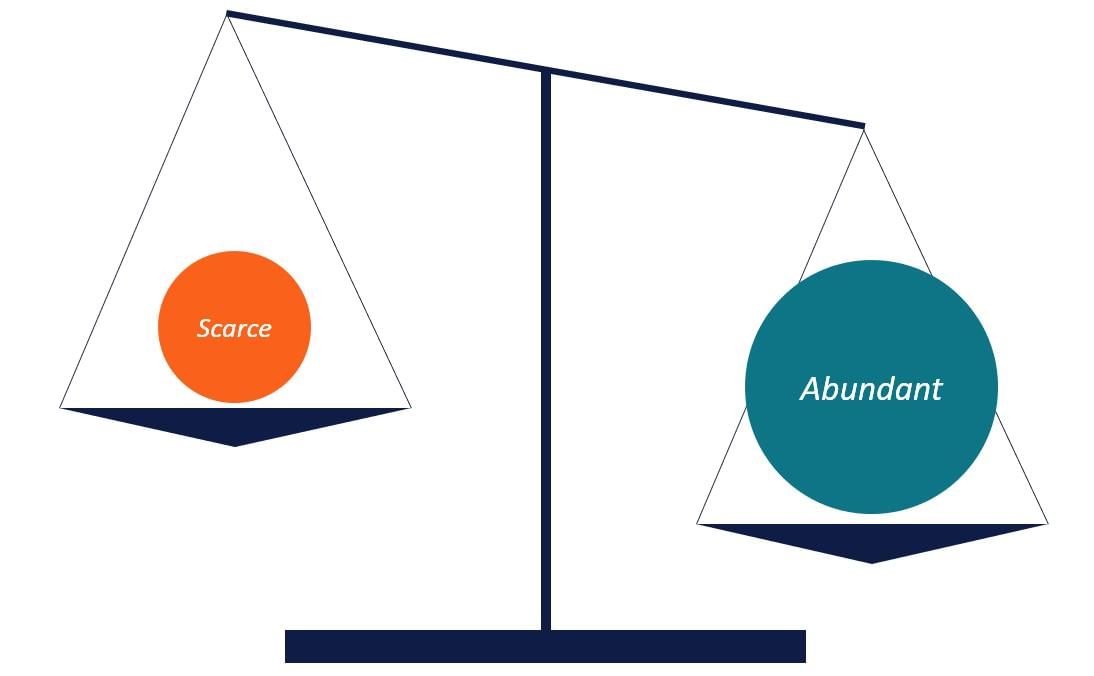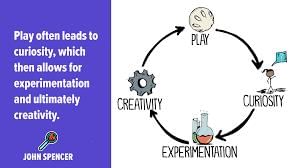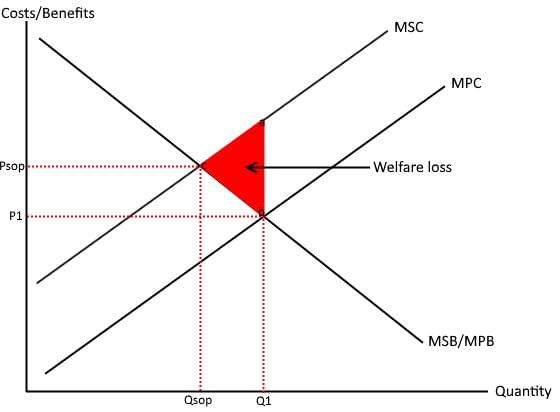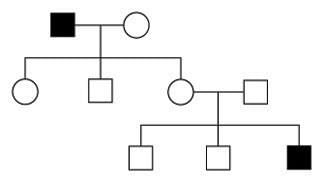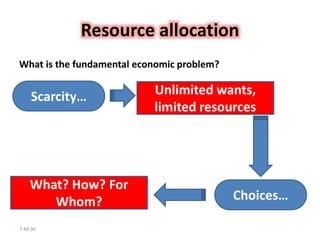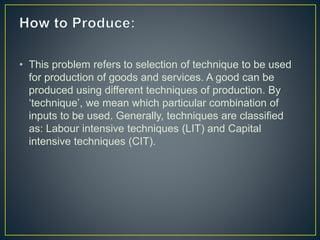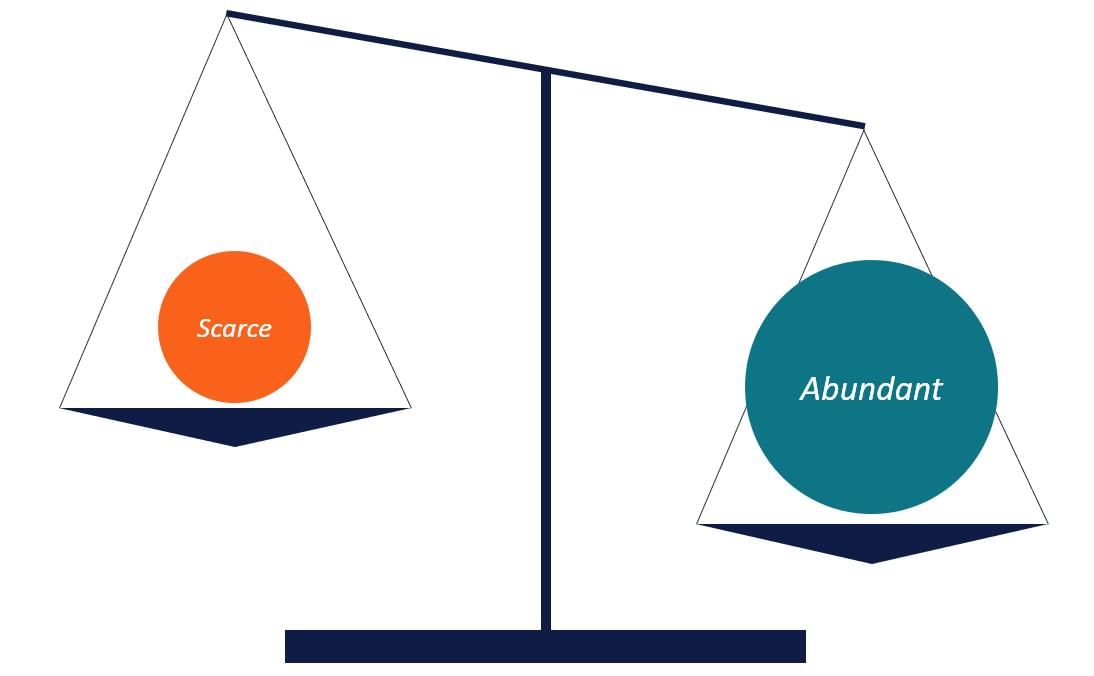|
Card: 2 / 48 |
Microeconomics primarily focuses on individual decisions, such as how households decide to spend their income or how businesses determine the prices of their products.
|
|
Card: 3 / 48 |
Fill in the blank: An economy is a system that includes the production, distribution, and consumption of goods and services within a specific ___. |
|
Card: 5 / 48 |
True or False: Macroeconomics examines individual market behaviors and decisions. |
|
Card: 6 / 48 |
False. Macroeconomics looks at the overall economy of a country, including issues like unemployment, inflation, and economic growth.
|
|
Card: 8 / 48 |
Economics studies how people, businesses, and governments make choices about the allocation and use of limited resources to meet unlimited wants and needs. 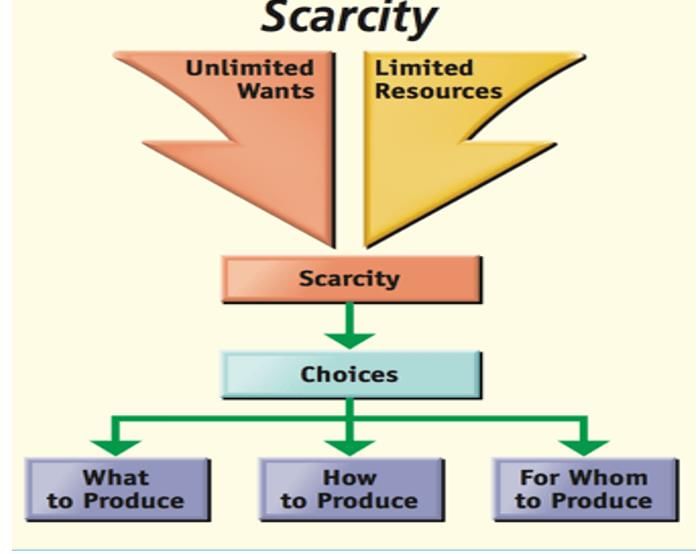 |
|
Card: 9 / 48 |
Fill in the blank: Economics helps to manage ___ by making choices about limited resources. |
|
Card: 12 / 48 |
Microeconomics focuses on individual and business decisions in specific markets, while macroeconomics examines the economy as a whole, including national and global economic trends.  |
|
Card: 13 / 48 |
Multiple Choice: Which of the following best describes macroeconomics? A) The study of individual markets B) The analysis of national economic policies C) The examination of consumer behavior D) The evaluation of business pricing strategies |
|
Card: 16 / 48 |
The allocation of limited resources and the distribution of the final mix of goods and services. |
|
Card: 17 / 48 |
Needs are unlimited while resources are limited; this situation leads individuals to ___ and ___ goods and services. |
|
Card: 19 / 48 |
True or False: Overproduction occurs when there is too little of a good or service produced. |
|
Card: 21 / 48 |
What must there be compatibility between in a society concerning production and consumption? |
|
Card: 23 / 48 |
Riddle: I can be plentiful or scarce, I guide choices and decisions with care, without me, wants cannot be met, what am I? |
|
Card: 25 / 48 |
Fill in the blank: When production does not match what people want, it can lead to ___ or ___ of goods. |
|
Card: 29 / 48 |
Multiple Choice: Which of the following best describes the relationship between needs and resources in an economy? A) Needs are always met B) Resources are unlimited C) Needs exceed resources D) Resources are infinite |
|
Card: 32 / 48 |
The fundamental economic problem is the problem of choice, which involves how to satisfy unlimited wants with limited resources having alternative uses. 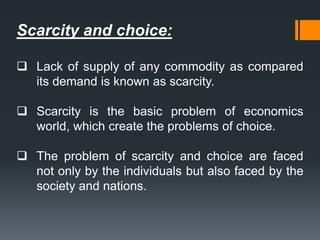 |
|
Card: 33 / 48 |
Fill in the blank: The central problems of an economy can be categorized into three main questions: What to produce, ___, and for whom to produce. |
|
Card: 35 / 48 |
True or False: Scarcity means that resources are unlimited and can be used for any purpose. |
|
Card: 36 / 48 |
False. Scarcity means that resources are limited and must be allocated among competing uses. 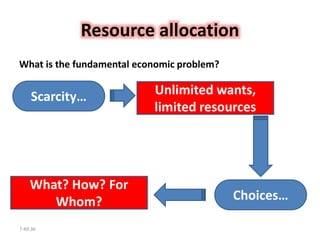 |
|
Card: 38 / 48 |
The two aspects are: 1) deciding which commodities to produce (consumer goods vs. capital goods) and 2) determining the quantity of each selected commodity to be produced. |
|
Card: 39 / 48 |
Riddle: I am a situation where wants exceed resources, leading to choices that must be made. What am I? |
|
Card: 42 / 48 |
An economy decides 'How to produce' goods by determining the methods and techniques to use for production, balancing efficiency and resource allocation to maximize output. 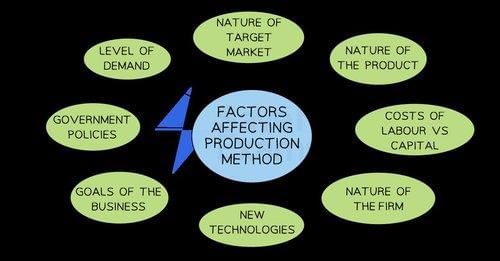 |
|
Card: 43 / 48 |
Fill in the blank: The guiding principle of production decisions is to allocate resources in such a way that maximum individuals in the economy are ___ . |
|
Card: 45 / 48 |
What trade-off must societies consider when deciding how to utilize limited land resources? |
|
Card: 46 / 48 |
Societies must consider the trade-off between different uses of land, such as whether to allocate it for agriculture, housing, or industrial purposes, knowing that choosing one option limits the others. 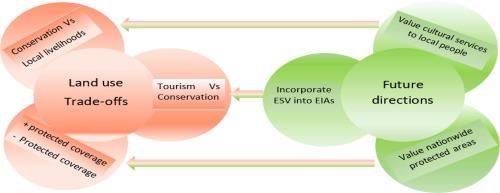 |
|
Card: 47 / 48 |
What are the two main production techniques a factory can choose between to minimize costs? |
|
Card: 48 / 48 |
The two main production techniques are labour-intensive techniques (where more labour is used than capital) and capital-intensive techniques (where more capital is used than labour). 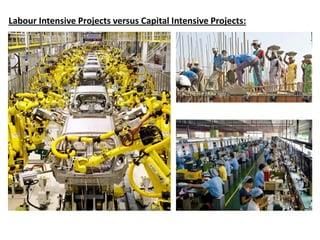 |




